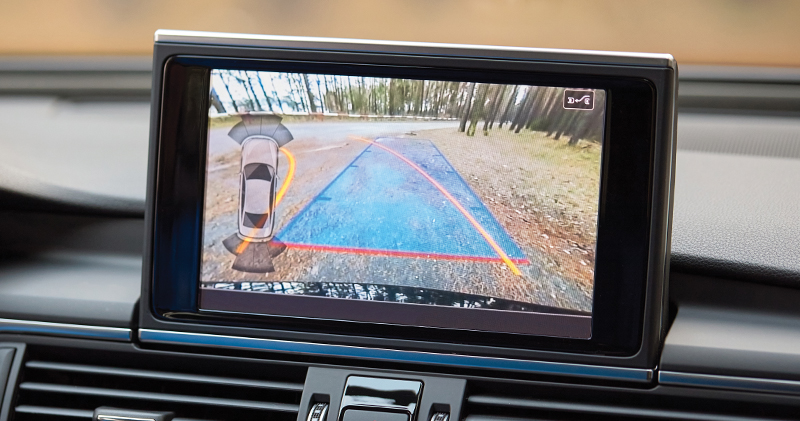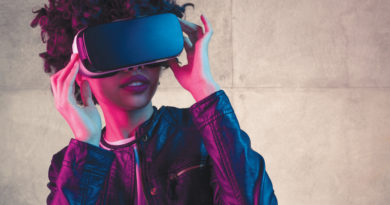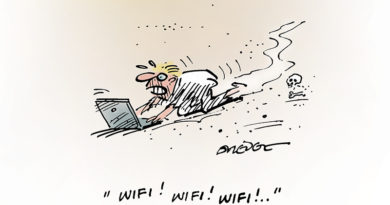Cool Tools for Techs
By Leslie Ellis
A light snow is falling on this winter day in Colorado at the brink of February. While enduring 2020, I kept a little list of topics for you that are appreciably nerdy. Because I get to spend a lot of time working with engineers and technologists rooting around in the future of things, I often ponder: What the heck is it? Why does it matter? Here’s two that fit the “nerdy little secrets” profile.
Computer vision to verify electrical grounds and bonds
Computer vision, or CV, is the work of making machines emulate the human vision system. It’s what’s in your vehicle’s backup camera. It’s what’s in today’s fanciest John Deere tractors, which can resolve a weed from a beneficial plant (to spray the weed with what is hopefully a non-noenicitinoid-based pesticide, harps this beekeeper) while rolling over a field at 15 m.p.h. It’s the guts of any app that compares an image to a gigantic database of other images, “in the cloud,” to make a decision about what’s next.
When “business as usual” became “pivot towards outdoors work whenever possible,” CV emerged to trick out a plant necessity dating back to the WWII era: The electrical ground/bond that keeps homes and businesses, and everything inside them, safe from getting zapped. Lightning is a frequent contributor to the need for effective electrical grounds.
So, yes: Even the really, really old stuff of communications networks can get a nourishing addition from time to time! Here’s how it works, boiled way down: A technician takes a picture of the house box and the power bond. An app, designed to fit in with what are now entire suites of technician-facing apps, asks a few contextual, yes/no questions: Does a (MoCA) filter exist? Does a bond block exist? Is the bond block connected to the filter?
The answers go to the network cloud for processing. Any weirdness, which is common when working with anything dating back decades, becomes a “learning moment” for the technician, with supporting videos or “phone a friend” for expert image analysis.
Speaking of learning moments: This topic was part of the 2020 SCTE Cable-Tec Expo program — Comcast authors Shawn Kercher and Jacob Hallberg, wrote “Verification of Electrical Grounds/Bonds Using Computer Vision.”
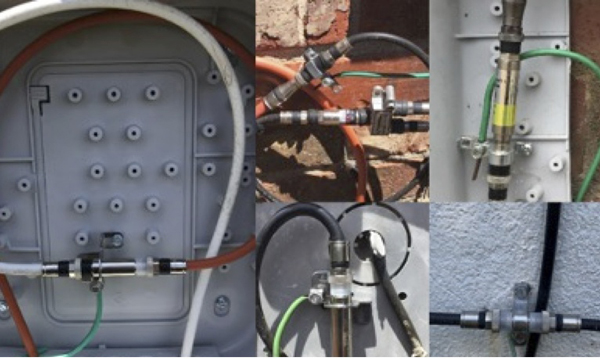
Augmented reality for finding occluded plant elements
Ever try to find a pedestal, or a tap, or a node, or anything at all plant-related, when it’s dark out and snowing? Or when those components are occluded by a fence, tree, or summer tangle of underbrush? That’s the gist of this next one, which also uses a common smart phone camera to augment the reality of a technician seeking a plant element.
And before you stop reading because you (like me) are skeptical about whether ordinary human beings will cover up their eyes and ears with a bulky helmet, to participate in an AR or VR (virtual reality) experience — this isn’t that. No goggles, no headwear. Just the phone’s camera, linked with the GPS coordinates of the plant element, and Apple’s ARKit framework.
Let’s say you’re the tech, trying to find the node based on its known GPS coordinates. Whether it’s dark and snowy, or blue skies, the node is behind a fence. You know that because you can toggle a sort of “occlusion identifier,” such that the fence turns blue on your phone, indicating a vertical blocker.
This whole topic was also part of the 2020 SCTE Cable-Tec Expo — find details by reading “Augmented Reality for Network Visualization: A Cool New Tool to Find Hidden Stuff,” by Comcast’s Josh Seiden and Nish Shukla. Check it out and see you next time.
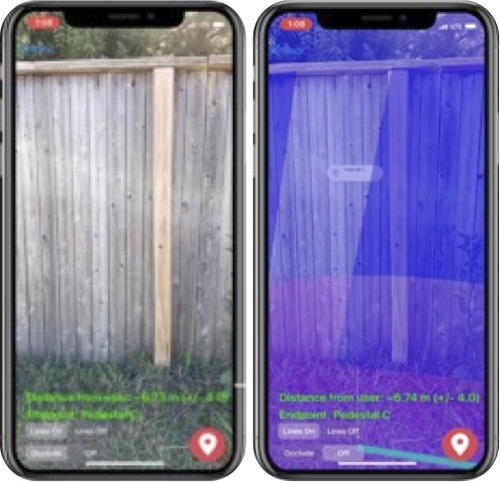
 Leslie Ellis,
Leslie Ellis,
President,
Ellis Edits Inc.
leslie@ellisedits.com
Leslie Ellis is a tech writer focused on explaining complex engineering stuff for people who have less of a natural interest than engineers. She’s perhaps best known (until now!) for her long-running weekly column in Multichannel News called “Translation Please.” She’s written two broadband dictionaries, one field guide to broadband, and is a behind-the-scenes tech translator for domestic and global service providers, networks, and suppliers. She’s served as board member of the Rocky Mountain chapter of the SCTE since 2015, and is a 2019 Cable Hall of Fame inductee.
Shutterstock

